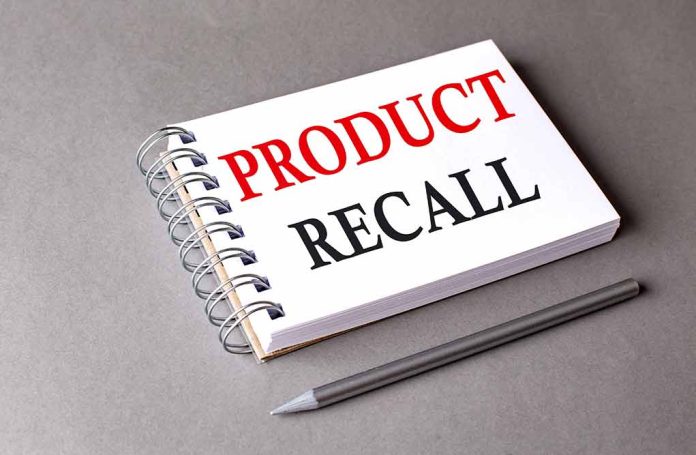
It’s time to confront the guilty pleasure in your freezer: contaminated frozen desserts. Now, I get it—no one wants to think about their favorite late-night snack being a health hazard. But, the stakes are too high to ignore the potential dangers lurking in what should be an innocent treat.
Check the Labels and Dates
First things first: the label and expiration dates are your first line of defense. If the frozen dessert brand you bought has been in the news for recalls, or if it’s just been sitting in your freezer a bit too long, it’s time to take a closer look.
Frozen desserts, like everything else, have a shelf life. We’ve had too many instances where old stock makes its way back into circulation. Always err on the side of caution.
Why You Need to Care
Let’s be real, we’ve all been guilty of ignoring or glossing over those product recall notices that pop up every now and then. However, it’s crucial to understand that contaminated frozen desserts aren’t just an inconvenience. They can pose significant health risks, particularly if contaminated with pathogens such as Listeria monocytogenes. According to the CDC, Listeria can cause severe illness, especially in pregnant women, newborns, older adults, and those with weakened immune systems.
Look for Unusual Changes in Texture and Color
Another key point is the appearance of the desert. Any visible changes in texture or color might be a red flag. Unusual iciness or discoloration can indicate that the product was not stored correctly, leading to possible contamination.
G.S. Gelato & Desserts has recalled a frozen dessert product that may contain undeclared cashew, which could be life-threatening if consumed by allergy sufferers. Here's what to know: https://t.co/Q7PkQXGIq1
— Fast Company (@FastCompany) August 7, 2024
Homemade Sensibility
It might sound like common sense, but it’s often overlooked. Put your homemade sensibility to work. If it doesn’t look right, doesn’t smell right, or tastes off, don’t ignore it. Better safe than sorry. Public health officials consistently remind consumers to trust their senses when it comes to food safety.
What to Do If You’ve Purchased Contaminated Frozen Desserts
So, what happens if you find yourself staring down a tub of suspect ice cream, thinking you might have a contaminated product? The first step is to check recent recall notices. Most reputable brands will issue these immediately once contamination is detected.
TOTALLY COOL RECALLS ICE CREAM FOR LISTERIA RISK
Contact the Store or Manufacturer
If your dessert is from a brand involved in a recall, contact either the store where you purchased the product or the manufacturer directly. Most companies will offer refunds, and many will also cover any medical expenses should you unfortunately fall ill.
“Recalls are a critical step in ensuring the safety of our food supply. Always follow up directly with the brand involved,” adds the USDA.
Take the time to inspect your frozen desserts, adhere to recall notices, and don’t risk your health for a scoop of ice cream. When in doubt, throw it out. This way, you ensure you and your loved ones can enjoy your favorite desserts without a care in the world!
Sources
- Dessert Recall Sparks Warning in Two States
- Recall alert: Non-dairy frozen dessert recalled due to undeclared cashews
- Recall alert: Ice cream products recalled in around 40 states due to possible listeria contamination
More from Around The Web
ICE CREAM PRODUCTS RECALLED BECAUSE OF RISK OF LISTERIA CONTAMINATION
ICE CREAM BRANDS RECALLED DUE TO LISTERIA CONTAMINATION…
ICE CREAM PRODUCTS RECALLED FOR LISTERIA RISK
TOTALLY COOL RECALLS ICE CREAM FOR LISTERIA RISK













